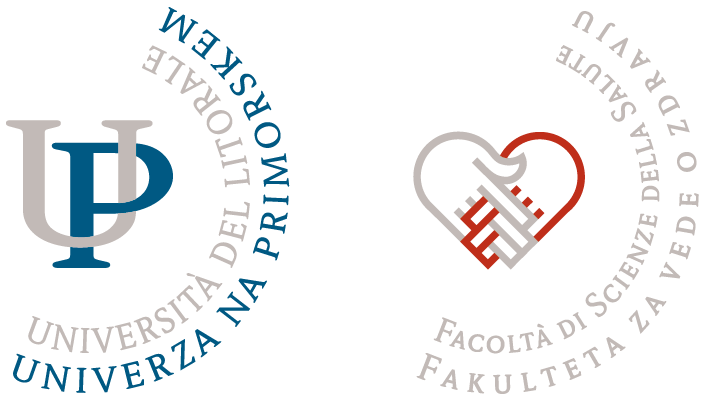Content
- Lectures: 35 hours
- Exercises 10 hours
- Independent work: 45 hours
Subject carrier
Description
1. INTRODUCTION TO MICROBIOLOGY
• History, development and fields of microbiology, major discoveries
2. TYPES, DISTRIBUTION AND CHARACTERISTICS OF MICRO-ORGANISMS
3. VIRUSES
• Size, shape, structure, classification, genetics, reproduction, pathogenesis, spread and detection of viral infections
4. BACTERIA
• Size, shape, cell structure, classification, genetics, reproduction, pathogenesis, spread and detection of bacterial infections, resistance, opportunistic bacteria
5. FUNGI
• Characteristics, cell structure, pathogenesis, spread and detection of fungal infections, opportunistic fungi
6. MEDICINALLY IMPORTANT PROTOZOA AND PARASITES
• Characteristics and diseases, treatment, spread and prevention of infections
7. PRIONS
8. BACTERIA AND THE HOST
• Normal and transient microbial flora, pathogenesis and spread of infections, virulence, exo- and endotoxins, biofilm
• Local and systemic infection, diagnostics, vectors and zoonoses, reservoirs of infections
9. ANTIBIOTICS AND CHEMOTHERAPEUTICS
10. MICROORGANISMS AND INFECTIONS IN HEALTHCARE SETTINGS
• Occurrence of healthcare infections and risk factors, major infectious agents and modes of transmission, general and specific infection control measures
11. PATHOGENIC BACTERIA AND INFECTIONS
• Staphylococci, streptococci, pneumococci, neisseria, moraxela, haemophilus, bordetella, legionella, enterobacteria, Escherichia coli, salmonella, shigella, yersinia, vibrio, campylobacter, clostridium, genus bacillus, non-sporegenic anaerobes , gram-positive bacillus,, mycobacteria, brucella, treponema, borelia, leptospira, rickettsia, ehrlichia, chlamydia, mycoplasma
12. PATHOGENIC VIRUSES AND INFECTIONS
• Transmission, pathogenesis, diagnostics, prevention
13. RNA and DNA viruses (enteroviruses, myxoviruses, rhinoviruses, adenoviruses, caliciviruses, herpesviruses, poxviruses, polioviruses, rhabdoviruses, hepatitis viruses, papillomaviruses, coronaviruses, flaviviruses, bunyaviruses, filoviruses, retroviruses, orto- and paramixo- viruses
14. IMMUNE SYSTEM
• Microorganisms and immune response, organs and cells of the immune system, non-specific and specific immunity, primary and secondary immune response, inflammatory response, phagocytosis, complement system, interferons, immune memory, antibodies, hypersensitivity reactions, immunization and vaccines

